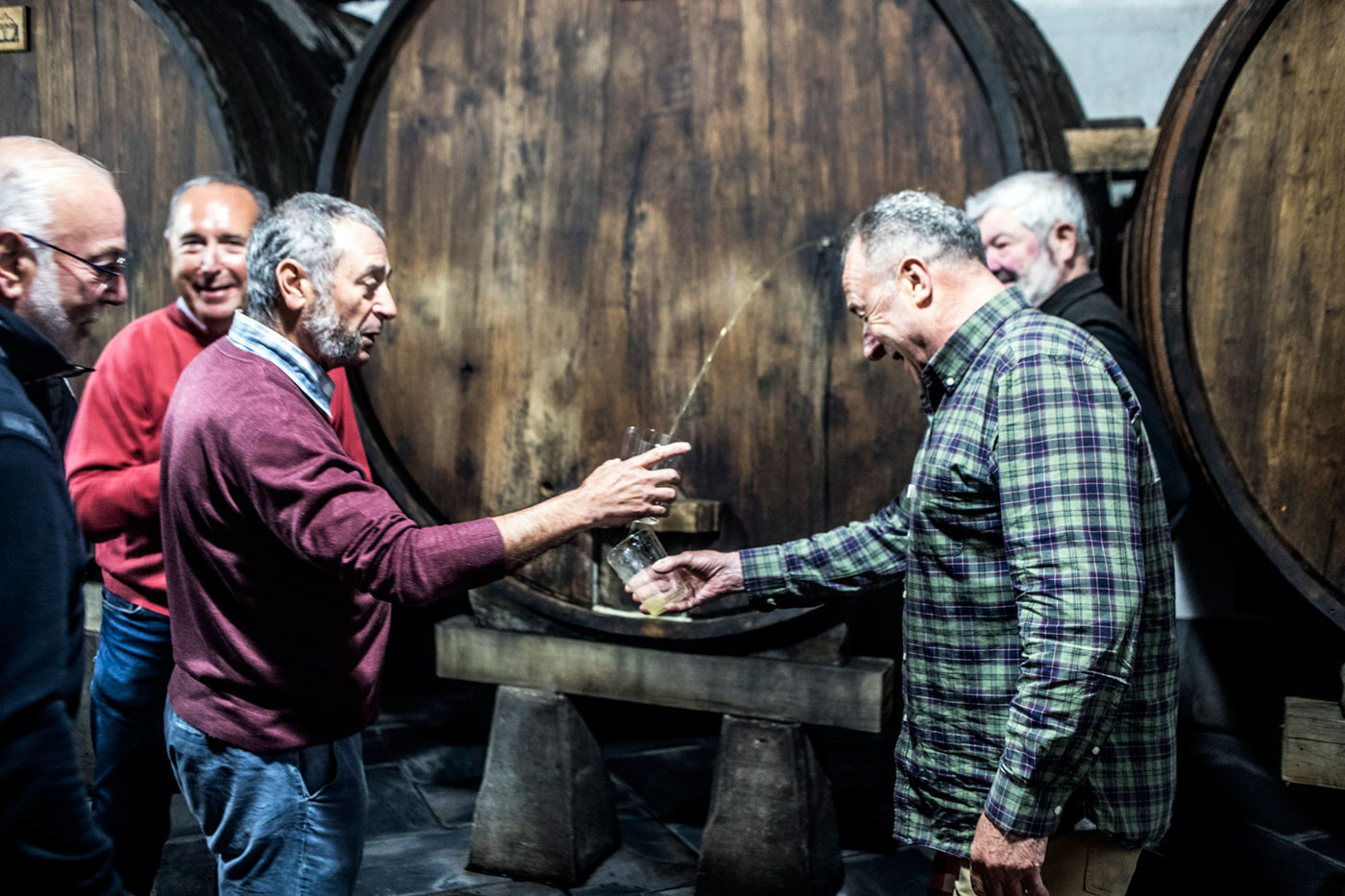
It’s become a tradition in the Basque Country: booking one day in the year, between January and April, to visit a cider house. This is the season of cider, made from apples harvested the previous autumn. Going to a cider house in the Basque Country means a group visit. This is often done in “cuadrillas” (groups of lifelong friends), and they take a bus.
This is because there will definitely be a lot of drinking, for several reasons: the pleasure of enjoying the cider, to make distinctions between the different barrels of cider, and to help digest the copious menu along with the drink. The script is always the same. At the start we find a long glass on the table, which we’ll shortly be taking from one kupela (barrel) to another. There is also a loaf of bread we break with our hands, to accompany each of the dishes we’ll be served.
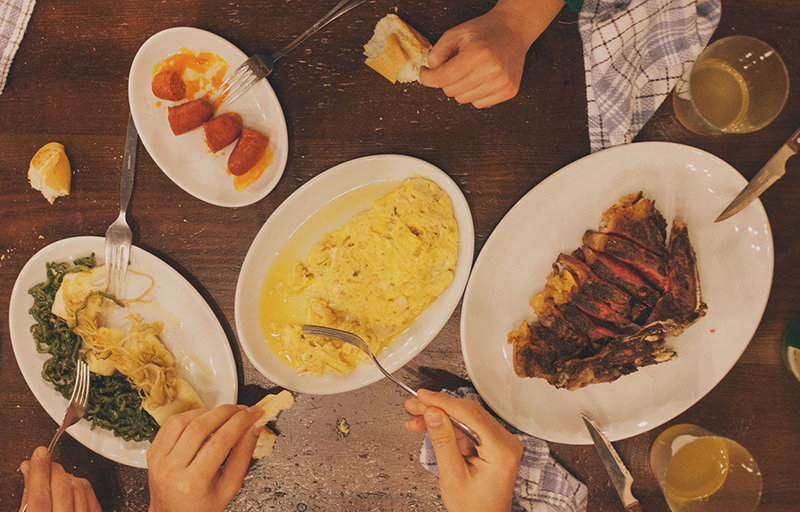
For around 30 euros we get a traditional menu, which is a little chorizo, cod tortilla, fried cod and peppers and “chuletón” bone steak, and dessert in the form of sheep’s cheese (the most common in the Basque Country is Idiazabal), nuts and quince preserve. The photo shows the typical fare at the famous Petritegi cider house.
Txotx! The barrels are there for customers to drink as much as they like. Usually they decide which one to use, and always in multitudinary pilgrimage format. To start off the process, somebody shouts Txotx! This is something like a call of the jungle to get the group moving.
The word means toothpick, and it refers to the tap formerly used to close the barrels. Nowadays the kupelas are easily opened with a little valve to release a powerful thin stream, which is caught by patrons in their glass in an orderly fashion in turns, doing their best not to spill any cider on the floor. The traditional barrels are made of wood, and they are an impressive sight. They usually hold between 15 and 20 thousand litres.
The position of the glass when the cider is released is a little mystery in itself, because the stream ought to hit the glass to give the beverage the right txinparta or fizziness. It is also advisable to put very little cider into the glass and drink it down in one, precisely so as not to lose the fizz.
Stand as you eat. The cider house experience forms part of those rituals which no one knows when exactly they date back to. In the traditional house you stand as you eat, because it did not originally emerge as a restaurant, but as a farmstead/apple press which produced cider to supply, among others, sailors who boarded ships long ago on voyages lasting months to Newfoundland’s Atlantic coastline.
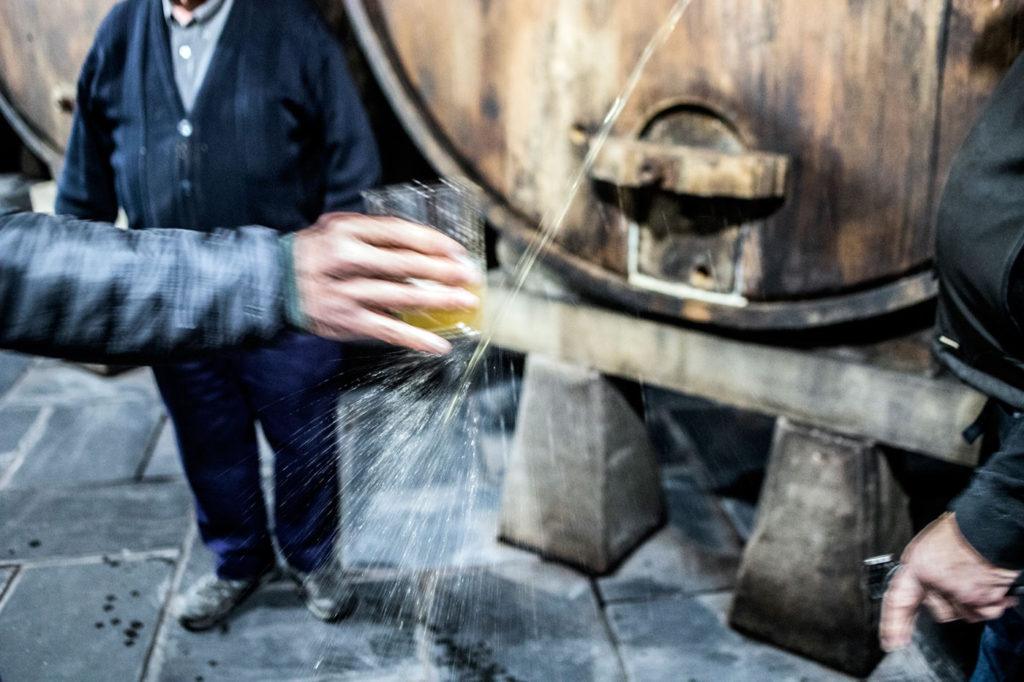
The first official record of Basque whalers at this Canadian island dates back to 1531. Crews on these odysseys kept themselves hydrated with around 3 litres of cider a day. This was because the water stored on board did not keep in best condition. Whereas cider did, and it supposedly gave them enough vitamin C to guard against scurvy.
Want to know more about the Basque whaling expeditions?
And so cider production in the Basque Country was an industrial process. It was also drunk on a daily basis by families in the mountainous areas of Bizkaia, Gipuzkoa, northern Navarra and the French Basque Country, where it was difficult to obtain wine from Álava and Navarra due to the country’s mountainous terrain.
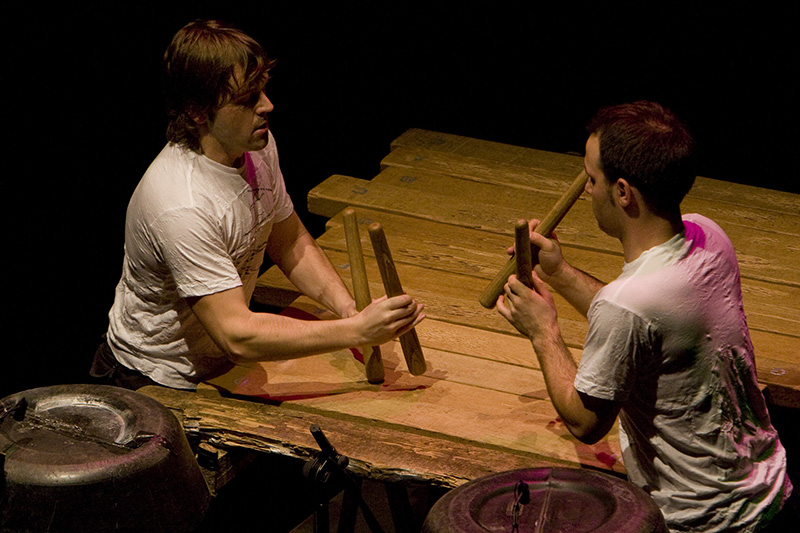
One link to the original cider-tasting celebrations is the origin of the txalaparta, a traditional Basque instrument played with planks of wood used to crush the apples.
“Sagardoa”, apple wine. So, as there was no wine (ardoa in Basque), Basque families used to drink sagardoa (apple wine). The Basque Country’s cider is a fermented juice consisting of a mixture of sour, bitter and sweet apples, approximately 5% alcohol. Unlike most of the world’s ciders, no carbonic gas is added.
Astigarraga, cider capital. These days the town of Astigarraga, near San Sebastián, is the capital of the sagardotegis or cider houses, because of all the establishments it has. There are about twenty of them, and the Petritegi house is the annual venue signalling the commencement of the txotx season. Amid a vast media presence, a well-known Basque personality is invited to drink the season’s first glass of cider.
Chef Andoni Luis Aduriz, journalist Olatz Arrieta, cyclist Miguel Induráin, soprano Ainhoa Arteta or physicist Pedro Miguel Etxenike are just a few of the illustrious guests who have been invited to the tasting ceremony, featuring the long awaited utterance hau da gure sagardo berria: this is our new cider.
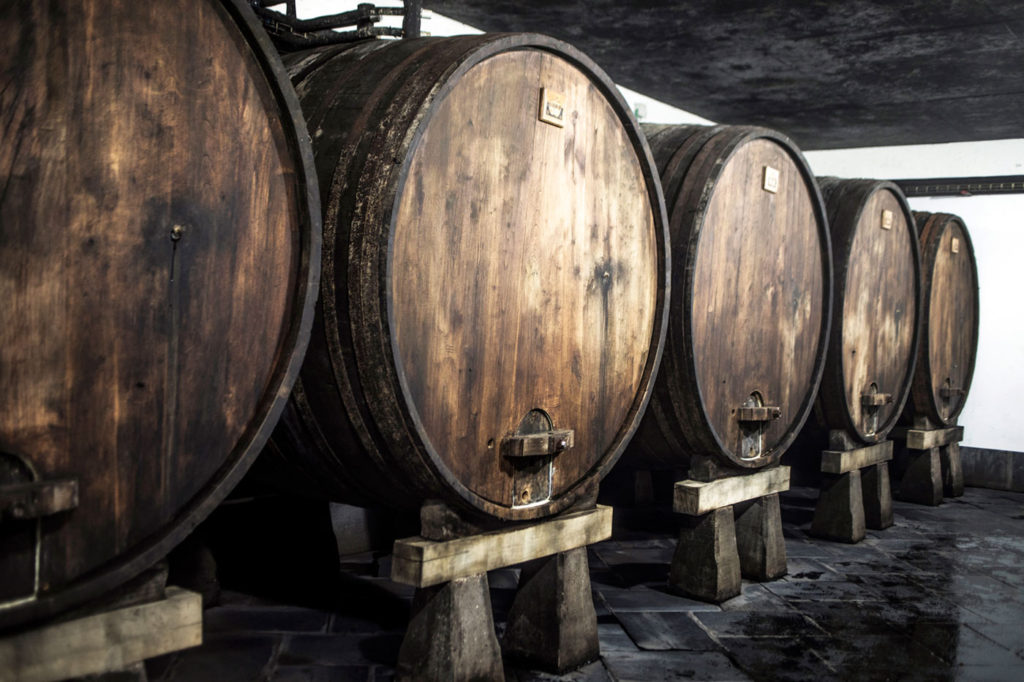
13 million litres. The Basque Country produces some 13 million litres of cider nowadays. The cider not drunk at the cider house during the season is bottled. It’s still great cider, of course, but with none of the ritual of getting it straight from the kupela, I’d have to say it doesn’t taste the same. The truth is that going to a sagardotegi is much more than just drinking cider and eating. It’s also about being with people.
***

